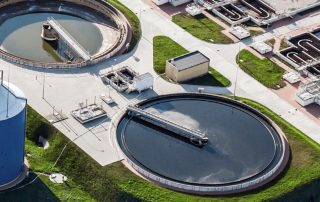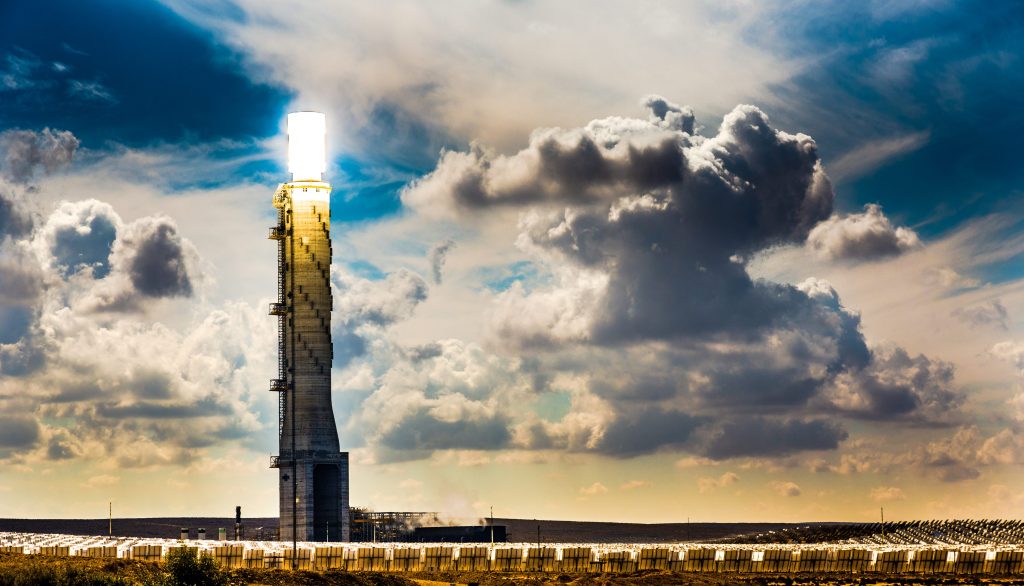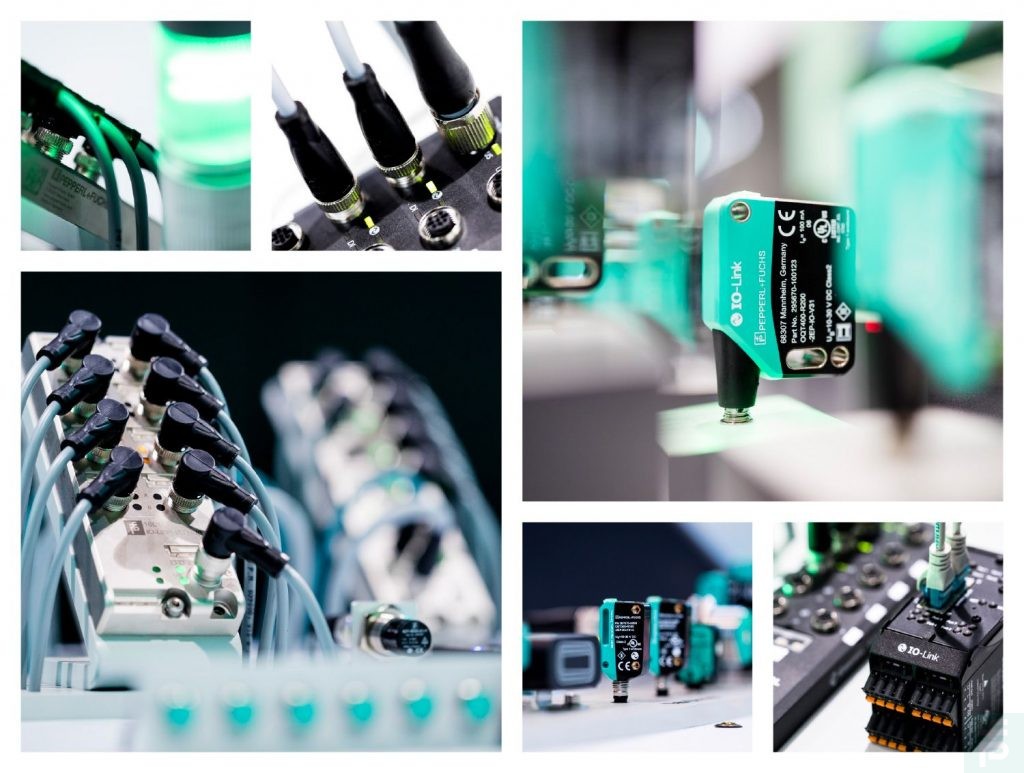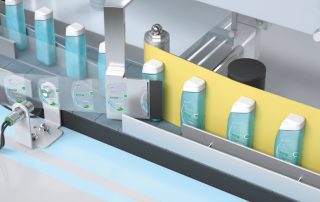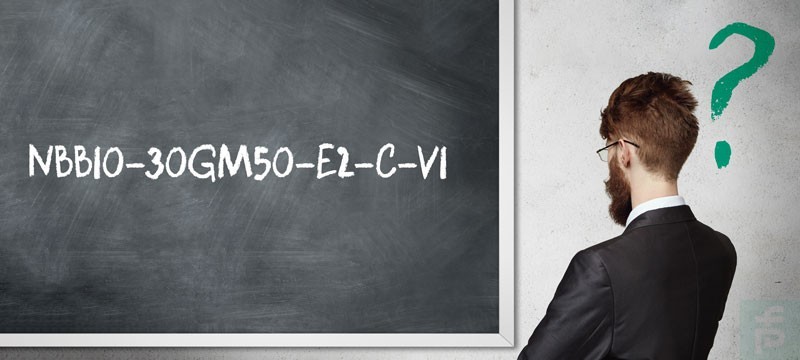We are pleased to welcome you to our blog. Here you will find useful information, applications, and guidance on the topics of automation, industrial sensors, and explosion protection.

Welcome to our blog. Here you will find current articles on the topics of industrial automation and sensor technology.
How to Align the Sensing Face of the Inductive Sensor VariKont
The inductive sensors of the VariKont series are available in different housings. In this blog post, we explain how you can quickly and easily align the sensing face depending on the design.
5 Ways to Use K-System Interface Technology in Wastewater Treatment Plants
The K-System portfolio from Pepperl+Fuchs can be used to streamline processes at wastewater treatment plants. K-System interface technology comes in every signal variation, ranging from simple isolators to highly functional modules. Here are five ways the K-System portfolio can be used in wastewater treatment plants …
Inclination Sensors: Pointing Solar Power in the Right Direction
Solar power is one of the most important answers to the question of renewable energy. Pepperl+Fuchs inclination sensors can make solar power plants even more productive.
8 Advantages of IO-Link
The IO-Link communication protocol is a standard interface and offers many advantages. We have picked up eight advantages of IO-Link.
Can Ultrasonic Double Sheet Sensors Be Used for Label Detection?
Ultrasonic double sheet sensors help ensure continuous, error-free processes in a range of industrial applications. They are used to prevent more than one layer of material from being fed into a machine. The same technology behind double sheet detection can also be applied to label detection applications.
How is a type code from Pepperl+Fuchs structured?
How Is a Type Code from Pepperl+Fuchs Structured? Our product portfolio of thousands of sensors includes: inductive, capacitive, magnetic field and ultrasonic sensors as well as sensors for special applications. To help you find the right sensor for your applications, we explain below how a type code from Pepperl+Fuchs is composed. Type codes from Pepperl+Fuchs are composed of three categories for the above sensors: In the first category, a distinction is made between functional principles (sensor type), application-specific features (type of use), installation situation (flush/non-flush) and the sensing distance. In the second category, a distinction is made [...]
Subscribe to our newsletter and receive regularly news and interesting information around the world of automation.

